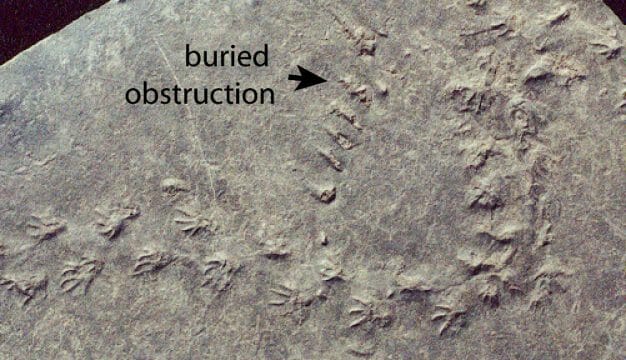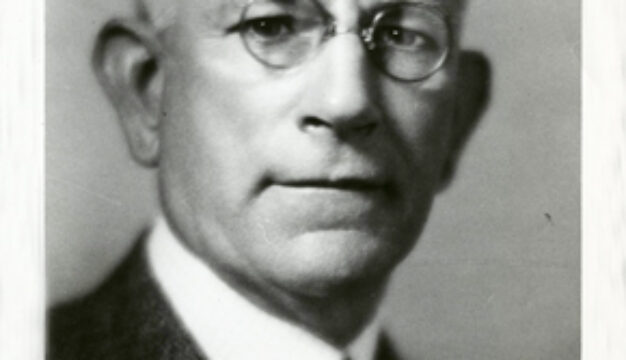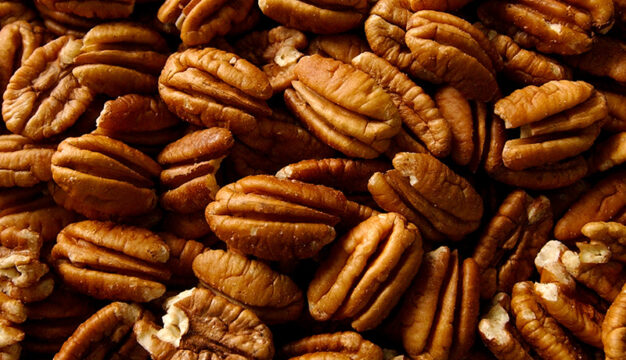Croxton's Raid
Croxton's Raid was a cavalry operation, led by Union general John T. Croxton, that swept across north-central Alabama in March and April of 1865. Among the last military actions in the state during the Civil War, the raid was conducted by a detachment of a larger force of cavalry under the overall command of Gen. James H. Wilson. The raid resulted in several skirmishes with small groups of Confederate forces, the destruction of numerous war-related industrial establishments, and the burning of the majority of the buildings on the campus of the University of Alabama.
The 28-year-old Croxton, a Yale University-educated native of Kentucky, had enrolled in the U.S. Army in 1861 and participated in several major actions in the western theater of the Civil War, including the Atlanta and Nashville Campaigns, prior to his service in Alabama. General Wilson dispatched Croxton towards Tuscaloosa from Elyton (now a neighborhood in Birmingham) with 1,500 men on March 30, 1865. As Wilson’s main column made its way towards Selma and Montgomery, Croxton was charged with destroying the University of Alabama—the state military school at the time—and any facilities of use to the Confederate war effort that he might find along his route. Accordingly, Croxton's column demolished the Roupes Valley Iron Works and a tannery in the first few days of its advance, believing no Confederate forces were in the area. Nearing the village of Trion (present-day Vance), however, Croxton learned of the presence of a Confederate cavalry force under Gen. William H. "Red" Jackson that was reportedly larger than his own. Jackson had been sent to slow down Wilson's force, and on the morning of April 1, 1865, Jackson's men attacked Croxton's troopers as they broke camp. In what became known as the Battle of Trion, the Confederate troops pushed the federal forces back in a running fight, inflicting more than 50 casualties before breaking off to try to slow down Wilson's larger column to the east. Following this fight, Croxton continued on to Tuscaloosa, crossing the Black Warrior River at Johnson's Ferry and moving southwest towards Northport.
Arrival in Tuscaloosa
Croxton's troops arrived at the bridge over the Black Warrior River at Northport on the evening of April 3. Sending a small group of volunteers to reconnoiter, he discovered Confederate forces already beginning to remove the flooring of the span. He ordered his men to capture the bridge, which they accomplished after a brief firefight with Confederate sentries. The Union force then moved into Tuscaloosa around 10:00 p.m. The raiders quickly secured control of the lightly defended town, interrupting a wedding at the Jemison Mansion in the process. According to local folklore, the Union soldiers arrested the male guests at the event, including the groom, after helping themselves to the wedding cake.
Observers in Tuscaloosa rushed to notify University of Alabama president and cadet corps commander Landon C. Garland. He hastily assembled the few dozen cadets on campus and marched them the short distance west into town to meet the invaders. Garland's cadets engaged in a brief skirmish with members of the Sixth Kentucky Cavalry. Immediately aware that he faced a much larger and better-armed veteran enemy force, Garland soon broke off the fight and marched the cadets back to campus and then eastward out of town. The brief nighttime clash resulted in 23 killed and wounded among the Union ranks. Confederate losses are not known. Around 1:00 a.m., Croxton accepted the official surrender of Tuscaloosa from Mayor Obediah Berry along with local ranking Confederate officer Col. Aaron B. Hardcastle.
Burning of the University of Alabama
On the morning of April 4, 1865, Croxton turned his attention to his primary targets: the University of Alabama and local military industries. While the bulk of his force was engaged in destruction of war-related facilities in Tuscaloosa and Northport—including a cotton factory and warehouse, saltpeter factory, hat factory, and the Leach and Avery foundry—he sent a 200-man detachment towards campus. Croxton's men burned most of the university buildings, stockpiles of supplies, and a powder magazine. Despite the pleas of a professor to spare the Rotunda, which contained one of the largest libraries in the South, the building was torched along with other structures. Only a copy of the Koran, one of the rarest volumes in the library, was saved from the flames. The only building of military value not destroyed was the guard house. The other structures left standing included the observatory (Maxwell Hall), the president's mansion, and the Gorgas House.
Croxton had planned to rejoin Wilson at Selma after accomplishing his objectives in Tuscaloosa, but his encounter with Jackson's Confederates at Trion had given him concern that enemy forces might be lying in wait to the east. He chose to head southwest instead before turning east to meet Wilson somewhere below Selma. He dispatched part of his command towards Columbus, Mississippi, along the way as a ruse to confuse any pursuing Confederates as to his true aim and hopefully buy him time to reach Wilson unmolested.
Croxton's men stopped to burn a gristmill on the Sipsey River on April 6, giving Confederate cavalry commanded by Brig. Gen. William Wirt Adams time to catch up with the cavalrymen. Adams's men prevailed in a running firefight between portions of both columns on April 6 near the community of Romulus, resulting in another 75 casualties amongst the Union raiders. Croxton decided to head back to Northport in the wake of the surprise attack before finally striking out east in search of Wilson a few days later. His men destroyed more war-related industrial complexes and railroad bridges as they crossed the state.
As Croxton neared the Alabama/Georgia border, he learned of a small force of Confederates under the command of Benjamin Jefferson Hill that had taken a position along his route. He engaged and brushed aside the small group on April 24, 1865, in what became known at the Battle of Munford. Lt. Andrew Jackson Buttram lost his life in the short fight and is believed to be the last Confederate soldier killed in action east of the Mississippi River in the Civil War. Croxton and his "lost brigade" continued on to Georgia with no further resistance from Confederates, finally rejoining Wilson, who had captured Selma, Montgomery, and Columbus by that time, in Macon, Georgia, on May 1. With the campaign and the war over, Croxton accepted a temporary posting in Georgia as commander of the District of Southwest Georgia before resigning from the military at the end of 1865 and taking up the practice of law in his home state. Pres. Ulysses S. Grant appointed him as minister to Bolivia in 1873. He died there, from tuberculosis, on April 16, 1874.
Further Reading
- Blount, Russell W., Jr. Wilson’s Raid: Final Blow to the Confederacy. Charleston: The History Press, 2018.
- Evans, David. Sherman’s Horsemen: Union Cavalry Operations in the Atlanta Campaign. Bloomington: Indiana University Press, 1996.
- Jones, James Pickett. Yankee Blitzkrieg: Wilson’s Raid Through Alabama and Georgia. Lexington: University Press of Kentucky, 2000.
- McIlwain, Christopher L. Civil War Alabama. Tuscaloosa: University of Alabama Press, 2016.
- ———. 1865 Alabama: From Civil War to Uncivil Peace. Tuscaloosa: University of Alabama Press, 2017.
- Noe, Kenneth W., ed. The Yellowhammer War: The Civil War and Reconstruction in Alabama. Tuscaloosa: University of Alabama Press, 2013.














